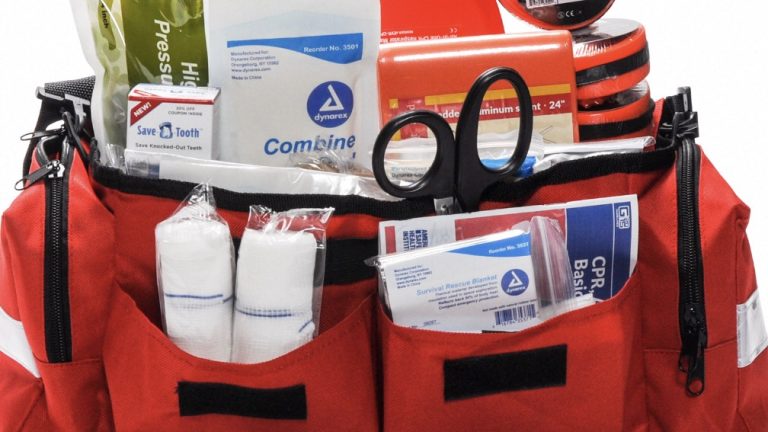Introduction:
In the reality of today’s world, schools must prepare for various emergencies, from natural disasters to other critical incidents. Emergency kit bags for school are a proactive measure, equipping educational institutions with the tools and supplies needed to handle unexpected situations. This article will dissect the components of effective emergency kit bags, their strategic importance, and the protocols for their use, offering professional insights into best practices for safety in schools.
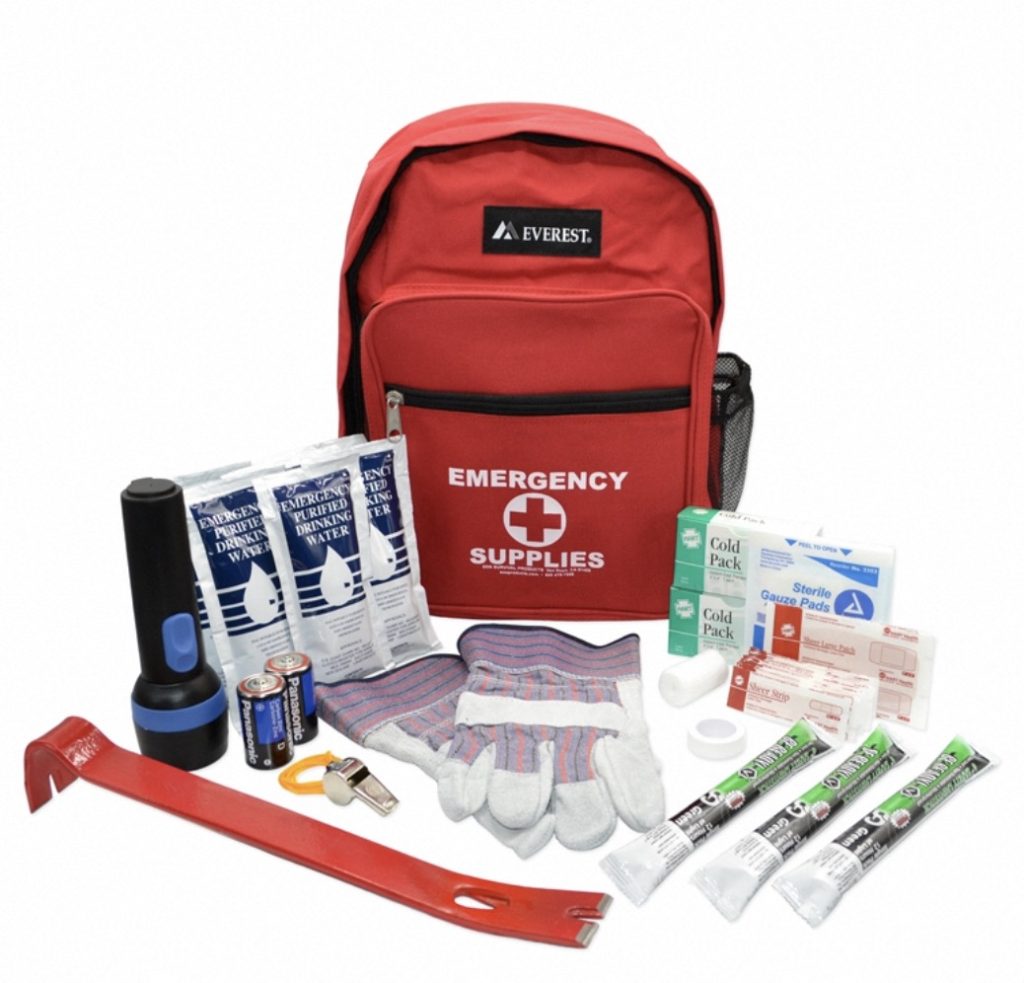
The Composition of Emergency Kit Bags for School
Essential Supplies
Emergency kit bags for school must contain essential supplies that cater to the basic needs of students and staff during a crisis. These include first aid kits, water, non-perishable food items, flashlights, extra batteries, and emergency blankets. Each bag typically features a sturdy, weather-resistant design to ensure that the contents remain intact and usable when needed.
Tailored Contents
Schools must also consider unique geographical and demographic needs when assembling their emergency bags. For example, schools in areas prone to earthquakes might include dust masks and goggles, while those in regions susceptible to severe weather conditions might add ponchos and thermal clothing. Additionally, the age range of the student population will dictate the inclusion of age-appropriate supplies, such as pediatric first aid items or child-sized emergency blankets.
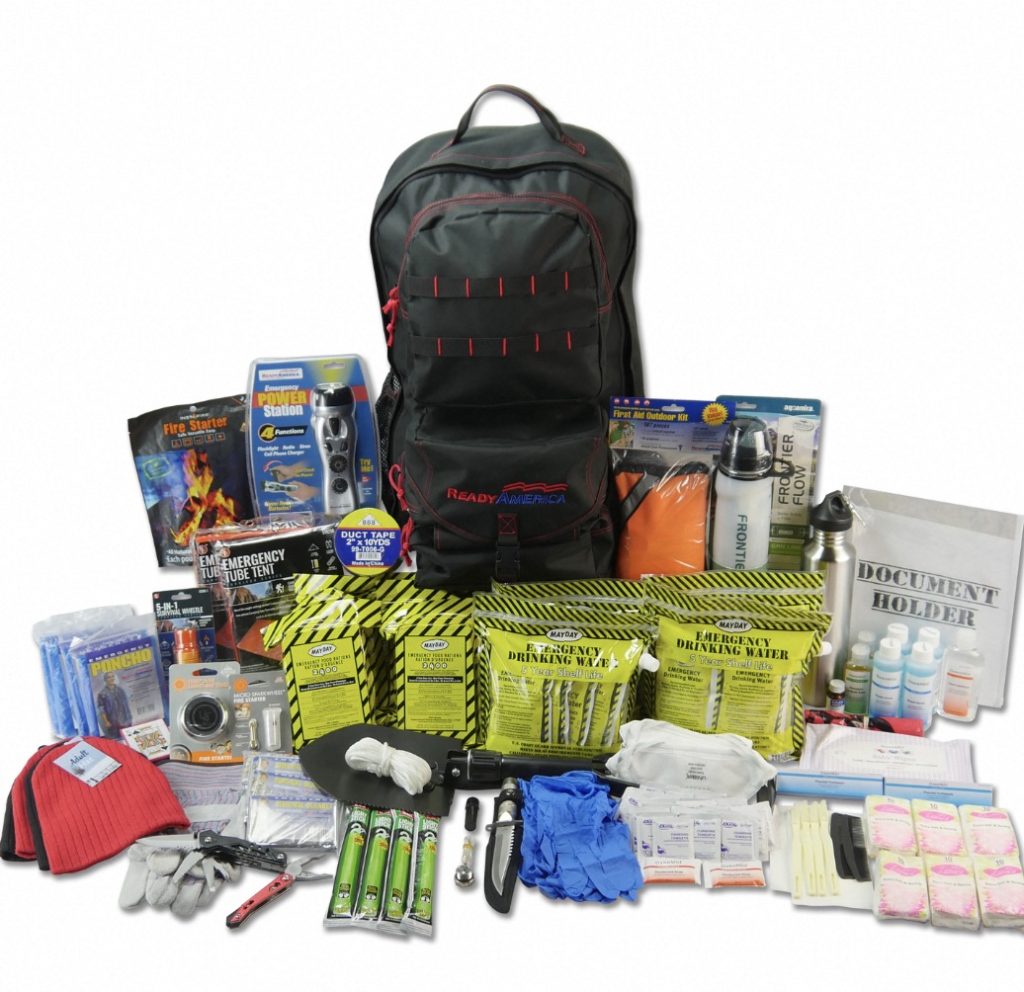
Strategic Placement and Accessibility
Centralized Storage Solutions
Emergency kit bags for school should be readily accessible in a crisis. Schools often store them in centralized, secure, yet clearly marked locations that all staff members can quickly access. This ensures that, in the event of an emergency, response times are minimal.
Distributed Access Points
To enhance preparedness, schools might distribute additional emergency kit bags across various campus locations. This strategic placement ensures that no matter where an incident occurs, emergency resources are within reach.
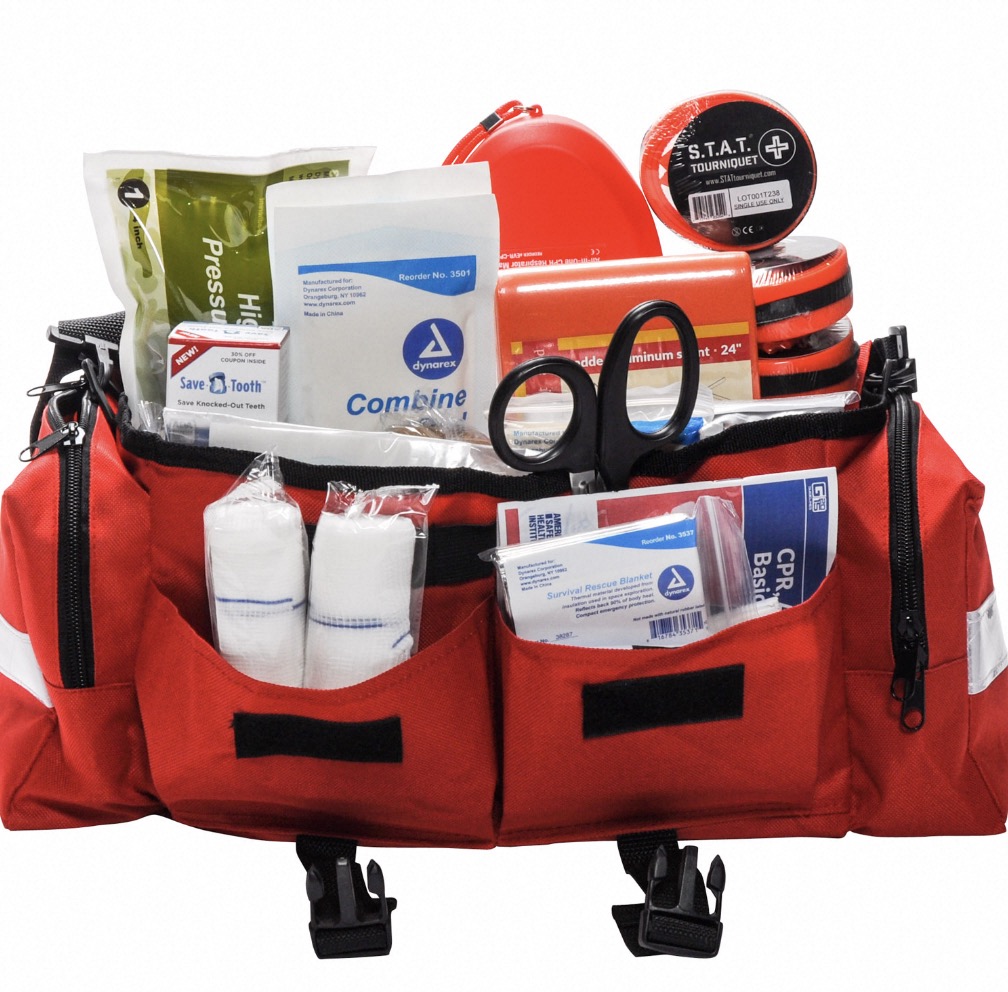
Implementing Training and Drills
Regular Drills
Conducting regular emergency drills is vital for ensuring that students and staff are familiar with the protocols involving emergency kit bags. These drills should simulate various scenarios, guiding individuals on how to swiftly locate and utilize the contents of these kits.
Professional Training
Schools often enlist the expertise of emergency response professionals to train their staff. This training includes how to effectively use the supplies in the emergency kit bags, basic first aid, and crisis management techniques, thus empowering school personnel to act confidently during an actual emergency.
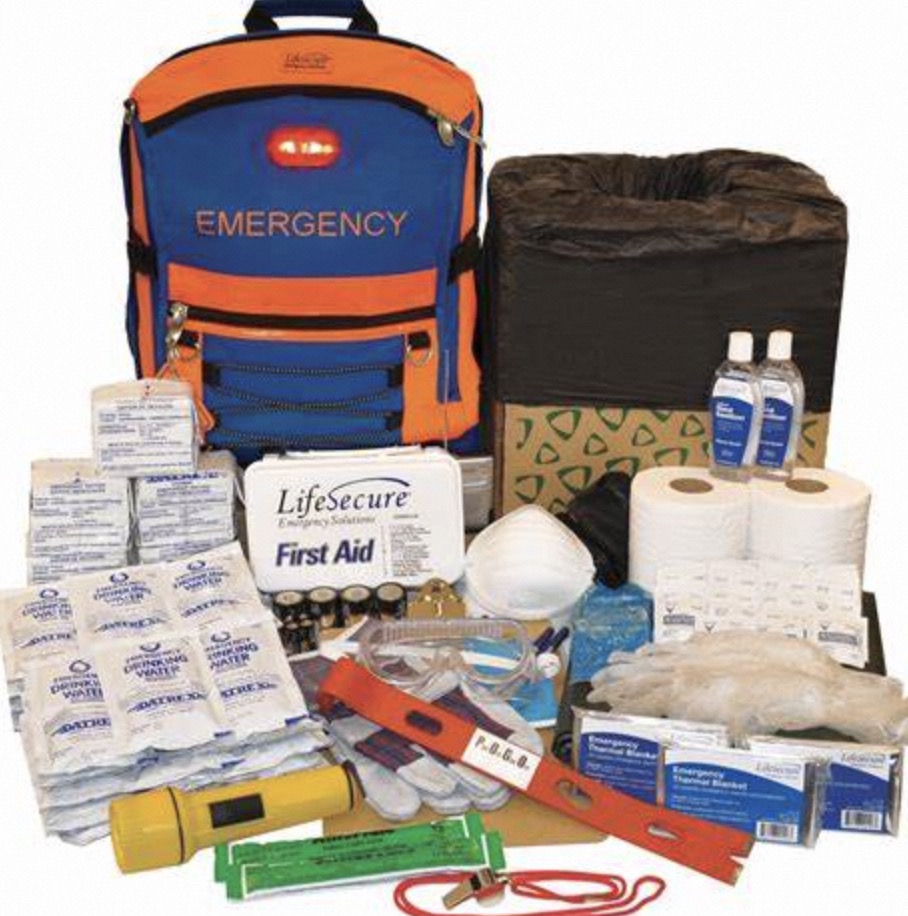
Sustaining and Restocking Emergency Kit Bags
Routine Checks
Schools must perform routine checks on their emergency kit bags to ensure that all items remain in good condition and within their expiration dates. It involves checking the functionality of equipment like flashlights and radios and replenishing supplies like bandages, antiseptics, and food items.
Involving the Community
Schools may also engage the community in sustaining their emergency preparedness efforts. This can include fundraising for supplies, hosting educational workshops, or partnering with local businesses for resources.
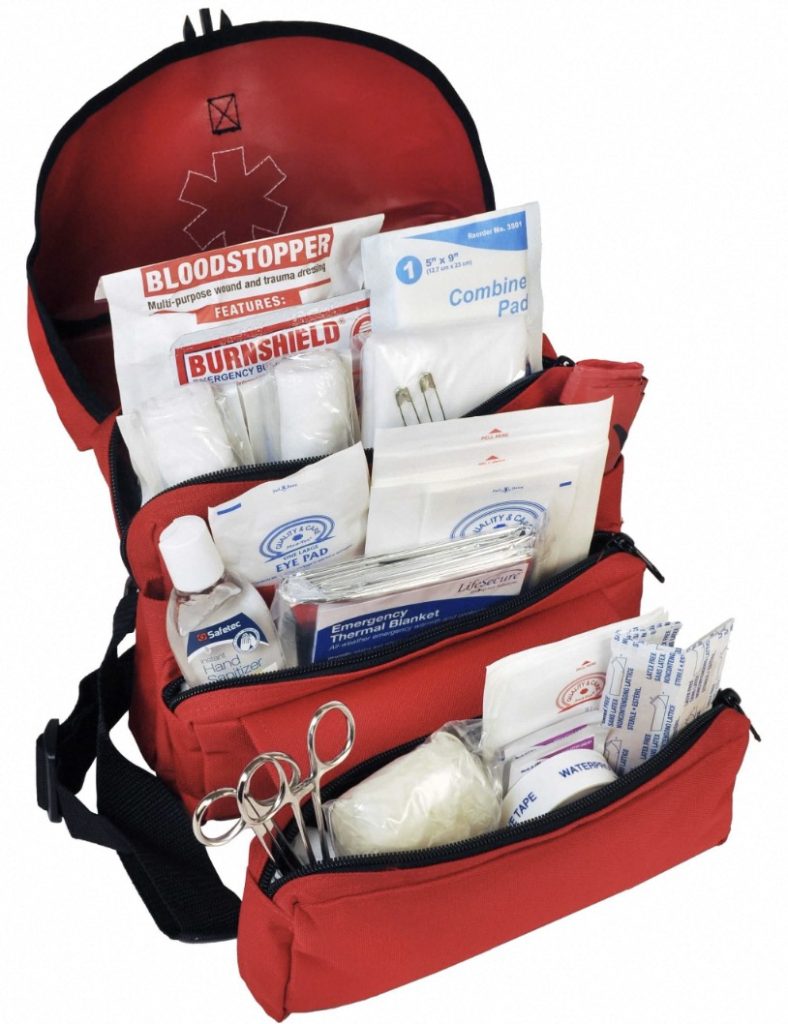
Maintaining Readiness with Emergency Kit Bags for School
Continuous Evaluation
Maintaining readiness requires that schools continuously evaluate and update their emergency kit bags. This process should involve input from local emergency services to align the kits with current best practices. Schools must also respond to feedback from staff and students who participate in drills, as their experiences can highlight potential areas for improvement.
Funding for Preparedness
Securing funds for emergency preparedness can be challenging. Schools often look to government grants, community fundraising, and partnerships with local businesses to support the costs associated with assembling and maintaining their emergency kit bags. Transparent communication about the importance of these resources helps in garnering support.
Emergency Kit Bags for School: Legal and Policy Considerations
Compliance with Regulations
Schools must ensure that their emergency kit bags and related protocols comply with state and federal regulations. Compliance includes adhering to health and safety standards, ensuring accessibility for all students, including those with disabilities, and respecting privacy in situations that may involve medical care.
Policy Development
Institutional policies must encompass the proper use and maintenance of emergency kit bags for school. Such policies help establish clear guidelines for staff and students, delineate responsibilities, and provide a basis for training programs. Regular policy reviews and updates help schools keep pace with evolving safety standards and legal requirements.
The Psychological Impact of Emergency Kit Bags for School
Creating a Sense of Security
The presence of emergency kit bags can significantly impact the psychological well-being of students and staff. Knowing that the school is prepared for emergencies can create a sense of security and reduce anxiety about potential crises. Psychology professionals emphasize the importance of this sense of safety in maintaining a conducive learning environment.
Handling Trauma and Stress
In the aftermath of an emergency, the role of these kits extends beyond immediate physical needs. They may also contain resources for psychological first aid, such as stress-relief activities or contact information for counseling services. Addressing the mental health aspects of emergencies is an integral component of comprehensive school safety planning.
Community Involvement in Supporting Emergency Kit Bags for School
Leveraging Community Expertise
Involving the community in emergency preparedness efforts can provide schools with a wealth of knowledge and resources. Local health professionals can offer training in first aid and emergency response, while local businesses might donate supplies or funds to support the maintenance of emergency kit bags.
Volunteer Programs
Schools may develop volunteer programs that allow community members to participate in drills and training sessions. Such programs not only foster community engagement but also expand the pool of individuals capable of assisting during a school emergency. It’s an excellent way for schools to strengthen community ties and ensure a collaborative approach to student safety.
Conclusion
Well-maintained emergency kits are crucial for school safety. Strategic placement of these bags is essential. Modern educational protocols demand such safety measures. Recognizing the necessity of emergency kits is fundamental. Schools must ensure kits are properly stocked. Accessibility of these kits is equally important. Regular training on kit use is vital. Staff and students should both be well-informed. Understanding kit content enhances preparedness. Consistent safety drills can reinforce this knowledge. A safer campus environment is the ultimate goal. Emergency response confidence comes with practice. School safety is improved through these efforts. Preparedness is key in educational settings. Every person on campus benefits from these protocols.
